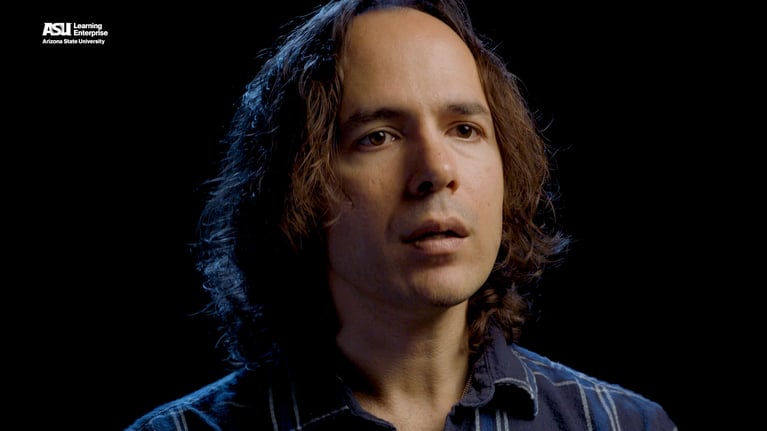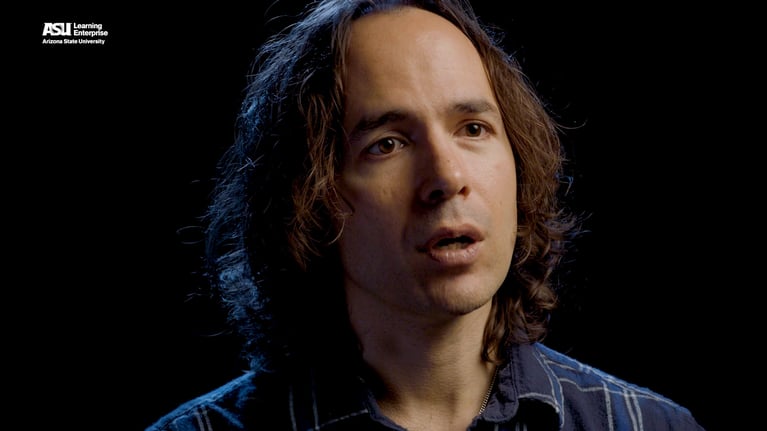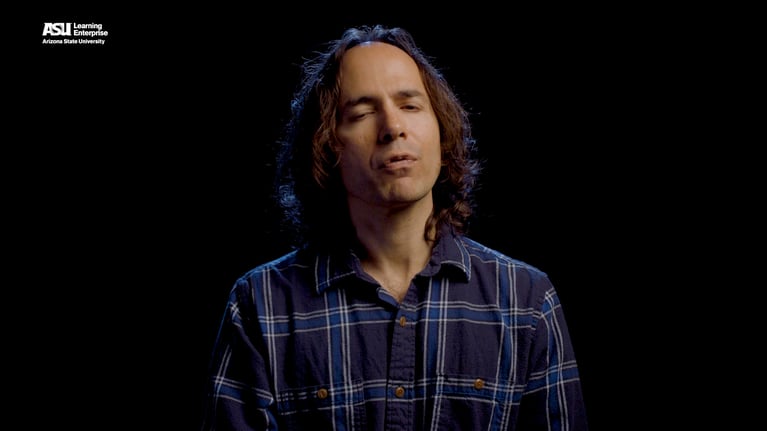Music has been passed down through generations in various ways, from birdsong being learned by listening to human music being preserved through musical notation. Notation, developed over centuries, has enabled the recreation of musical works long after their composition. Early forms of notation used mnemonic devices, while later systems included pitch and duration. Modern staff notation is precise and versatile, allowing musicians to recreate detailed musical concepts. Through notation, unplayed music can be understood, reproduced, and given a new voice.
In 1830, ninety musicians performed a symphony in five movements by 26-year-old composer Hector Berlioz. The work was a sensation, and announced a new romantic aesthetic that would transform musical style. Today's orchestras are able to recreate this detailed artistic vision regularly for modern audiences thanks to an ingenious system of musical notation that was developed over the course of centuries.
Throughout the world, music is taught and preserved by aural transmission, which is when someone sings or plays a melody and then others learn it by listening. But the creation of a system of notation makes it possible to revive a musical work centuries after it was composed.
The development of European staff notation has preserved a vast corpus of music that constitutes the Western tradition. The earliest notated music in this tradition was for performance in religious services. A large body of chants were sung to scriptural and liturgical texts, and as early as the tenth century, we find manuscripts where small marks were put over the text to show the contours of the melody to which the text would be sung. This was a mnemonic device; it served to refresh the memory of people who already knew the music.
By the 13th century, chant was notated on a four-line staff which clearly indicated the intervals between each pitch. This system did not rely solely on memory, but could be sight read by anyone trained to read it. By the 15th century in Italy, this notation had developed to include both pitches and their durations.
By the early 16th century, we see examples of published music in Europe. You see here the first published organ music, which has the top line on a six-line staff, one line more than is usually used now. The bottom two or three voices are written in letter notation, known as tablature. Since a letter only tells you the pitch, there is another line of symbols above each letter to show its duration.
Moving into the nineteenth century, we have Beethoven's autograph manuscript for his famous fifth Symphony. It has faded somewhat over the years, but you can still make out the 2/4 time signature on each instrumental stave, as well as the characteristic opening theme in the strings: three eighth notes followed by a half note with a fermata over it. The fermata, which translates to "stopping place" in Italian, is a dot with an arc above it; as its name implies, Beethoven is instructing the players to pause together on that note before continuing.
Notation developed extensively over the following hundred years, as you can see by comparing Beethoven’s score for the Fifth Symphony to this elaborate score from, say, the more-modern Igor Stravinsky’s Rite of Spring.
Modern staff notation is precise and versatile. Notes on a staff - along with more than a century’s worth of added symbols for dynamics, tempo, and flourishes - can represent detailed musical concepts, so that music can be recreated long after the death of its composer and anyone who heard or played the music with them. Like a printed book, music can live on centuries after its conception thanks to the incredible tool of notation.


